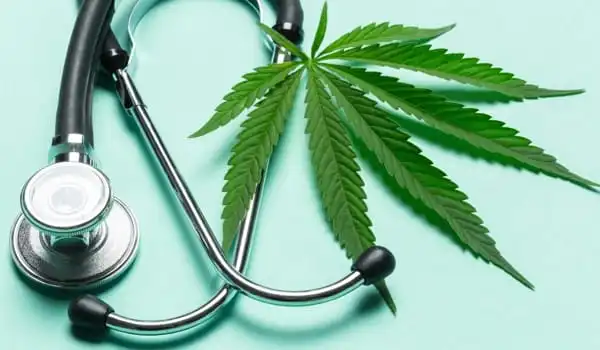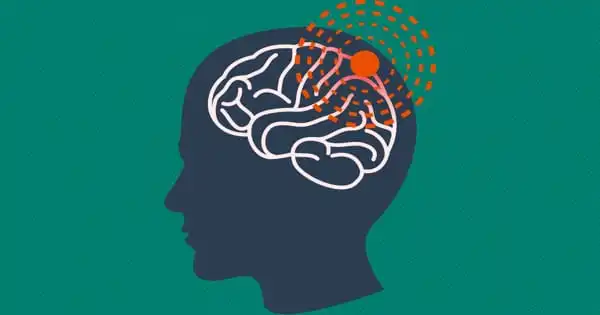Migraine headaches can be difficult to manage. Is there another choice if over-the-counter or prescription medications don’t relieve your discomfort, nausea, or sensitivity to light or noise? Marijuana may be an over-the-counter migraine treatment. According to some research, it may help alleviate migraine symptoms or perhaps prevent them from occurring. However, most investigations have not found conclusive evidence of this. Although the use of cannabis to treat headaches and migraines is somewhat popular, research on its usefulness is limited.
According to a recent study, inhaling cannabis reduces self-reported headache severity by 47.3 percent and migraine severity by 49.6 percent. The study also found no evidence that cannabis induced ‘overuse headache,’ which is a drawback of more traditional treatments. The researchers observed patients taking higher amounts of cannabis over time, indicating that they were acquiring tolerance to the substance.
According to a new study led by Carrie Cuttler, an assistant professor of psychology at Washington State University, inhaled cannabis reduces self-reported headache severity by 47.3 percent and migraine severity by 49.6 percent.
We were motivated to undertake this study because a significant number of people indicate they use cannabis for headaches and migraines, but surprisingly few studies have addressed the topic.
Carrie Cuttler
The study, which was recently published online in the Journal of Pain, is the first to leverage large data from headache and migraine patients who use cannabis in real time. In previous investigations, patients were asked to recollect the effects of cannabis usage in the past. One clinical experiment found that cannabis relieved headaches better than ibuprofen, although it employed nabilone, a synthetic cannabinoid medication.
“We were motivated to undertake this study because a significant number of people indicate they use cannabis for headaches and migraines, but surprisingly few studies have addressed the topic,” said Cuttler, the paper’s primary author.
Researchers at WSU examined archive data from the Strainprint app, which allows patients to log their symptoms before and after consuming medical cannabis acquired from Canadian manufacturers and wholesalers. More than 1,300 individuals used the app over 12,200 times to chart changes in headache severity from before to after cannabis usage, while another 653 used it over 7,400 times to track changes in migraine severity.
“We wanted to approach this in an ecologically valid way, which is to look at actual patients medicating with whole plant cannabis in their own homes and environs,” Cuttler explained. “These are also very large data sets, allowing us to generalize more correctly and accurately to the larger population of people utilizing cannabis to manage these illnesses.”

Cuttler and her colleagues found no evidence that cannabis induced “overuse headache,” a side effect of more traditional medications that can worsen patients’ headaches over time. They did observe patients consuming higher amounts of cannabis over time, implying that they may be acquiring tolerance to the substance.
The study discovered a modest gender difference, with males reporting much more headache relief sessions (90.0 percent) than women (89.1 percent ). The researchers also discovered that cannabis concentrates, such as cannabis oil, reduced headache severity scores more than cannabis flower.
However, there was no significant difference in pain relief between cannabis strains with higher or lower levels of tetrahydrocannabinol (THC) and cannabidiol (CBD), two of the most commonly researched chemical elements in cannabis, generally known as cannabinoids. Because cannabis contains over 100 cannabinoids, this study implies that different cannabinoids or other elements such as terpenes may play a key role in headache and migraine relief.
More research is needed, and Cuttler admits the Strainprint study’s shortcomings, including the use of a self-selected group of patients who may already believe cannabis will help them with their symptoms, and the lack of a placebo control group.
“I suppose there are some minor overestimations of effectiveness,” Cuttler remarked. “My goal is that this study will inspire researchers to undertake the onerous task of conducting placebo-controlled studies. In the interim, this provides medical cannabis patients and their doctors with a bit more knowledge about what to expect from using cannabis to treat certain ailments.”
Cannabinoids may also aid in the treatment of nausea, anxiety, muscle spasms, and other health issues. THC is the cannabinoid in marijuana that receives the greatest attention. It’s what gives you a high or a relaxed feeling. Cannabidiol (CBD), on the other hand, is a cannabis substance that does not make you feel high and may assist relieve pain. Several states have made it legal to use CBD for medical purposes.















